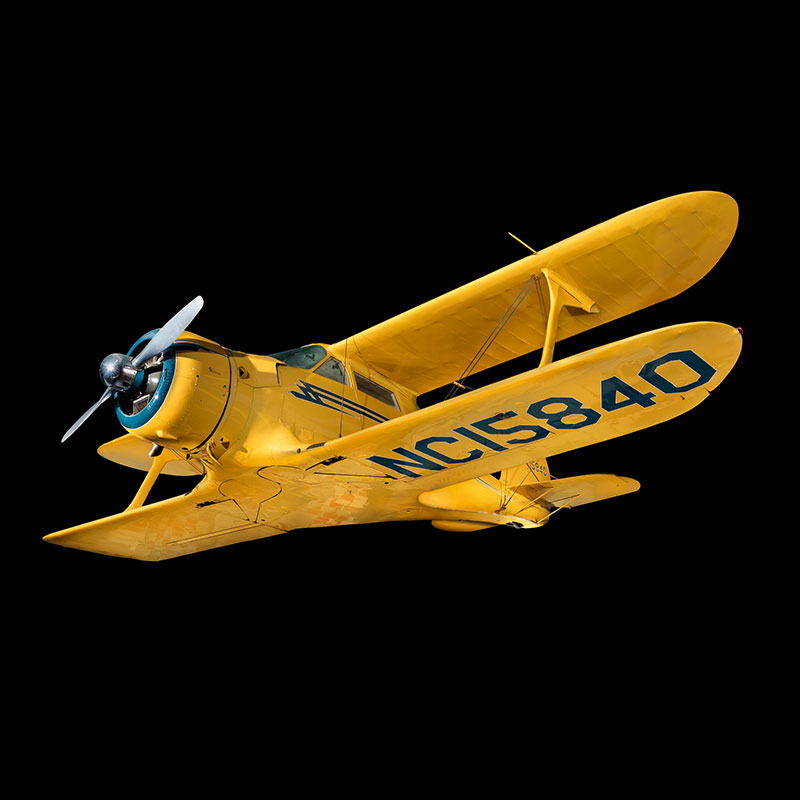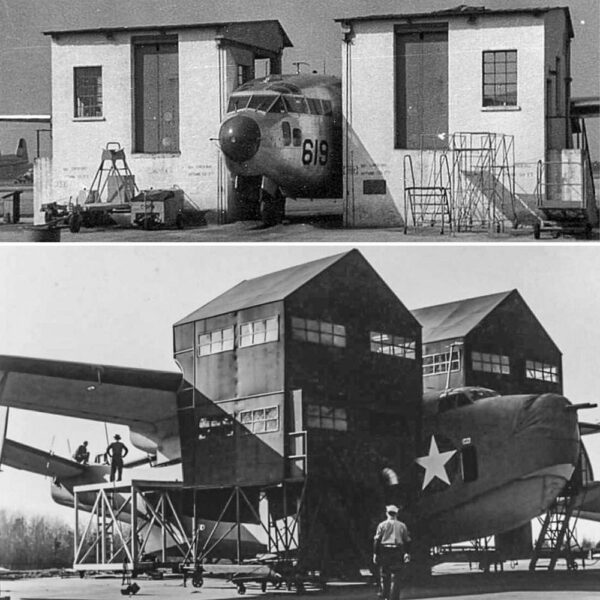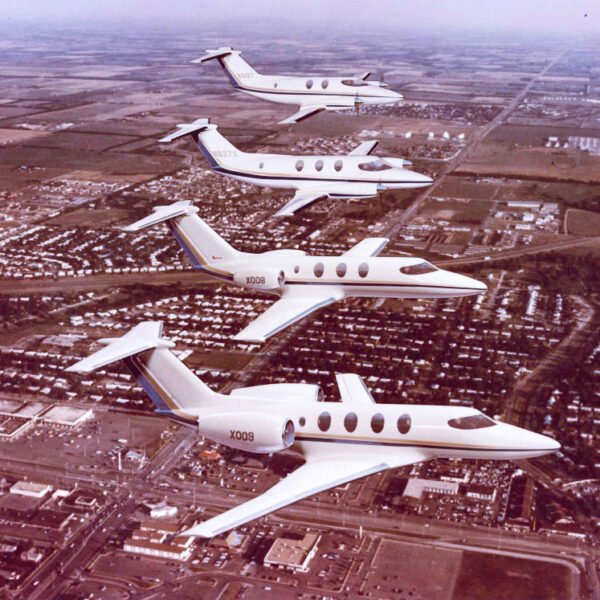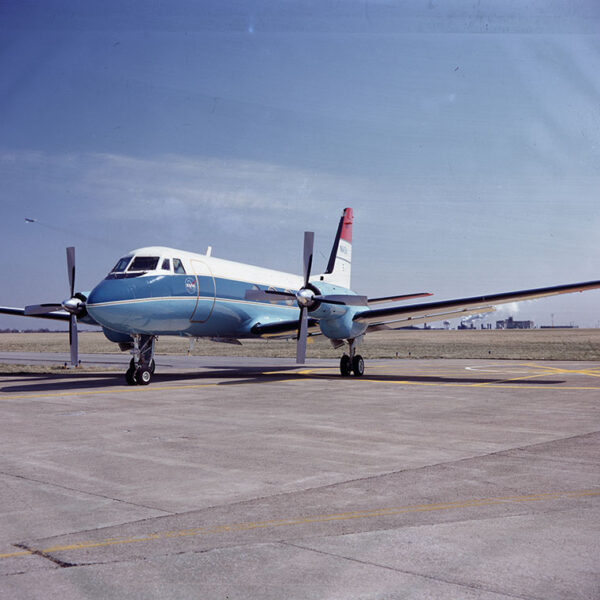Beechcraft Staggerwing – Early Business Aviation Luxury
Imagine, for a moment, that you’re a business leader in the 1930s. Your business is flourishing, requiring you to regularly visit many locations around the country. There are no interstate highways, train service is slow and cumbersome, and airline travel isn’t much better. What do you do?
Several new types emerged, but the Beechcraft Model 17 Staggerwing was perhaps the most unique. While most entries to the category such as the Howard DGA, Stinson Reliant, and Wacos retained fixed landing gear that robbed them of speed and efficiency, later models of the Staggerwing incorporated retractable gear. But unlike the other retractable-gear options like the Spartan Executive and Harlow PJC, the Staggerwing retained a biplane configuration, blending a traditional arrangement with modern refinement.


The result was an attractive and luxurious alternative that would be buoyed by the support of a well-established manufacturer. Despite retaining the traditional biplane configuration, a complex airframe incorporating a steel tube structure with wood stringers and fabric covering provided more aerodynamically efficiency than existing biplanes. When combined with retractable landing gear, the Staggerwing could cruise at over 200 miles per hour – nearly as fast as the Spartan Executive monoplane, and some 25-75 miles per hour faster than most of the fixed-gear alternatives.
As the economy recovered and Staggerwing production increased, the military took notice. In the late 1930s, the US Army Air Corps purchased a small number for evaluation, anticipating the aircraft’s value in a liaison role. When WWII began, the need for speedy transport of people and cargo became especially apparent. In addition to ordering hundreds of militarized Staggerwings for use in the war effort, the US military impressed over 100 private examples for use around the world.
After the war, the civilian examples were returned to their original owners and a number of purpose-built military versions entered the civilian market as surplus aircraft. By 1949, the final new-build Staggerwing was delivered, and the smaller, more efficient Beechcraft Bonanza took over the role. With a simple aluminum airframe and a six-cylinder, horizontally-opposed engine, the Bonanza would prove to be significantly less expensive to purchase and also less expensive to operate and maintain.
Today, the Staggerwing ranks among the most desirable classic aircraft to own. Fully-restored examples bring $500,000-750,000, and any Staggerwing tends to steal the spotlight at airshows and fly-ins across the country.





